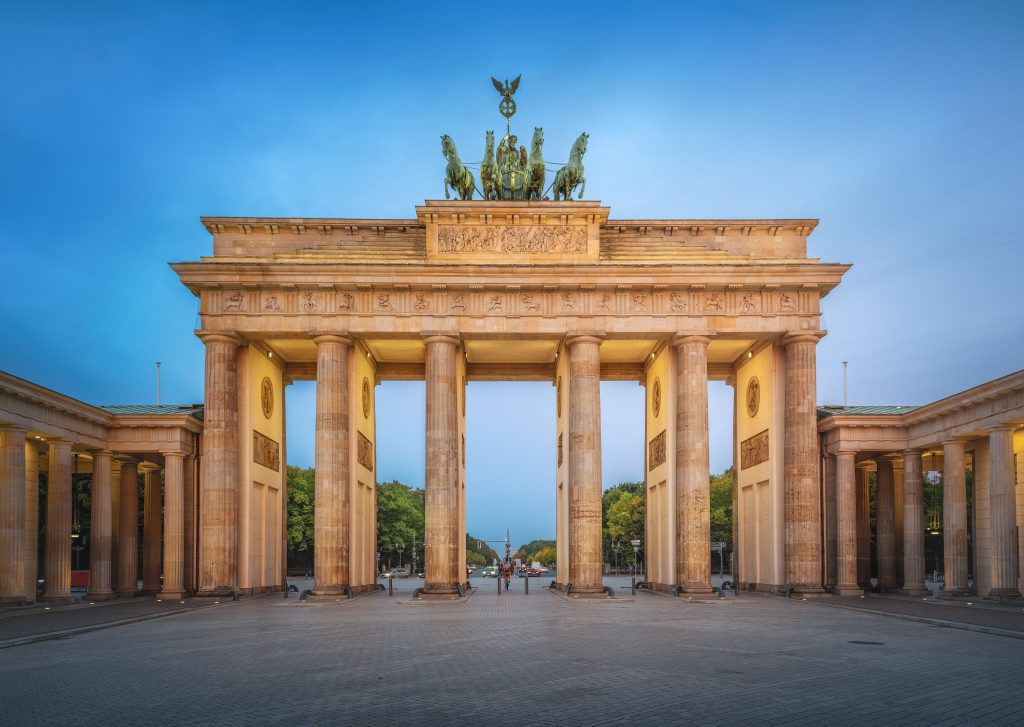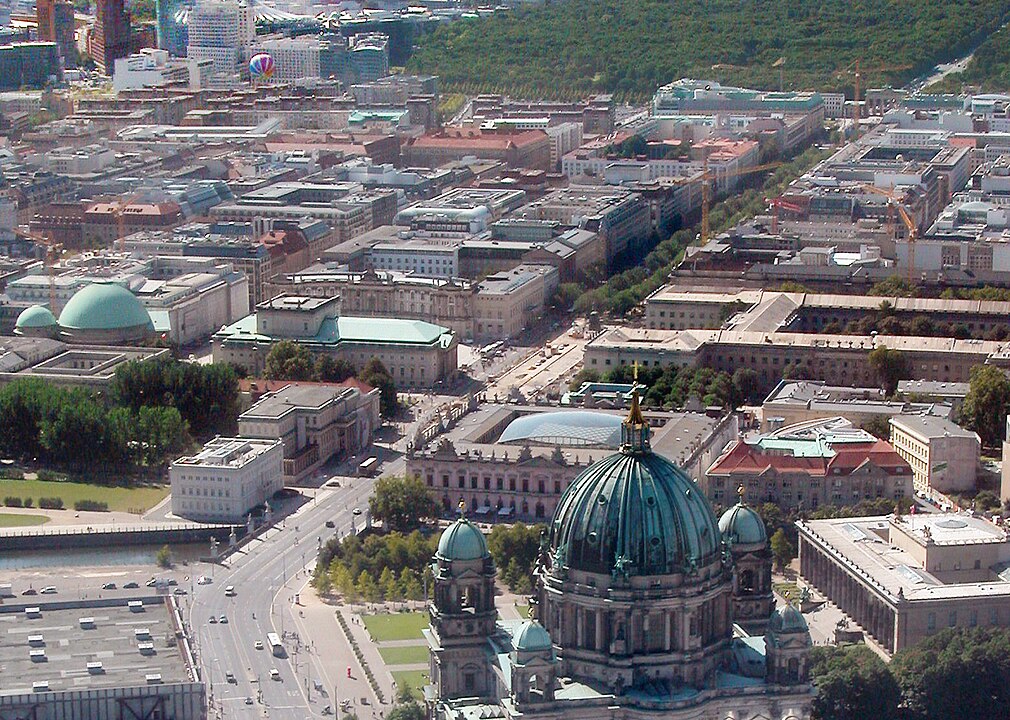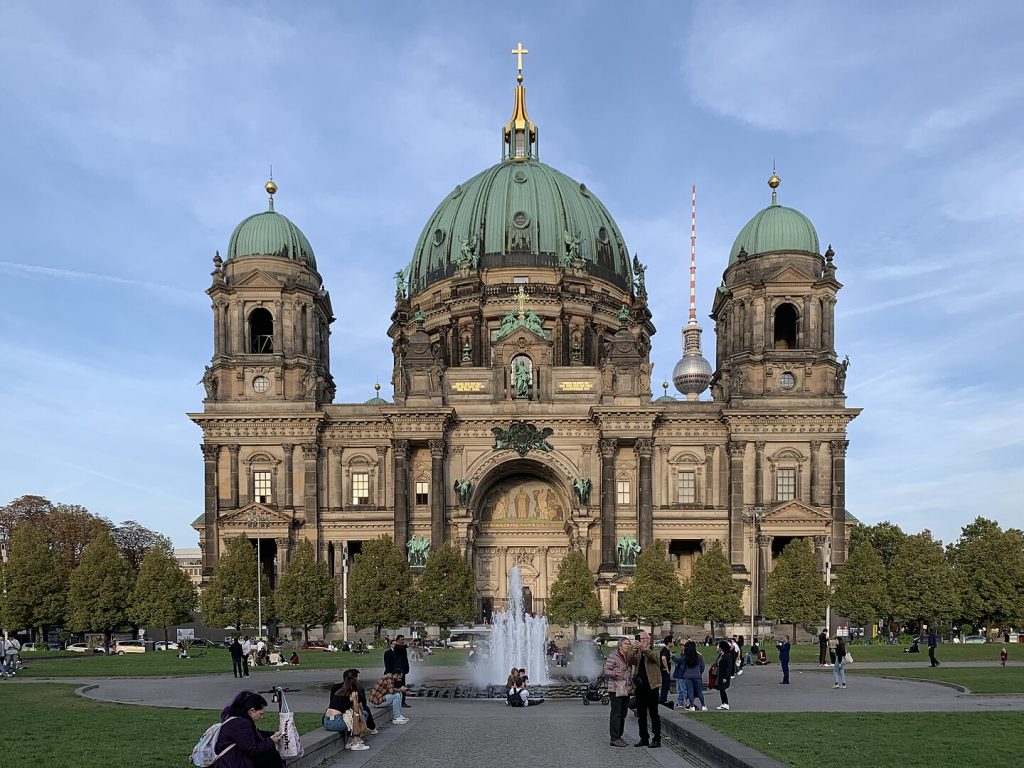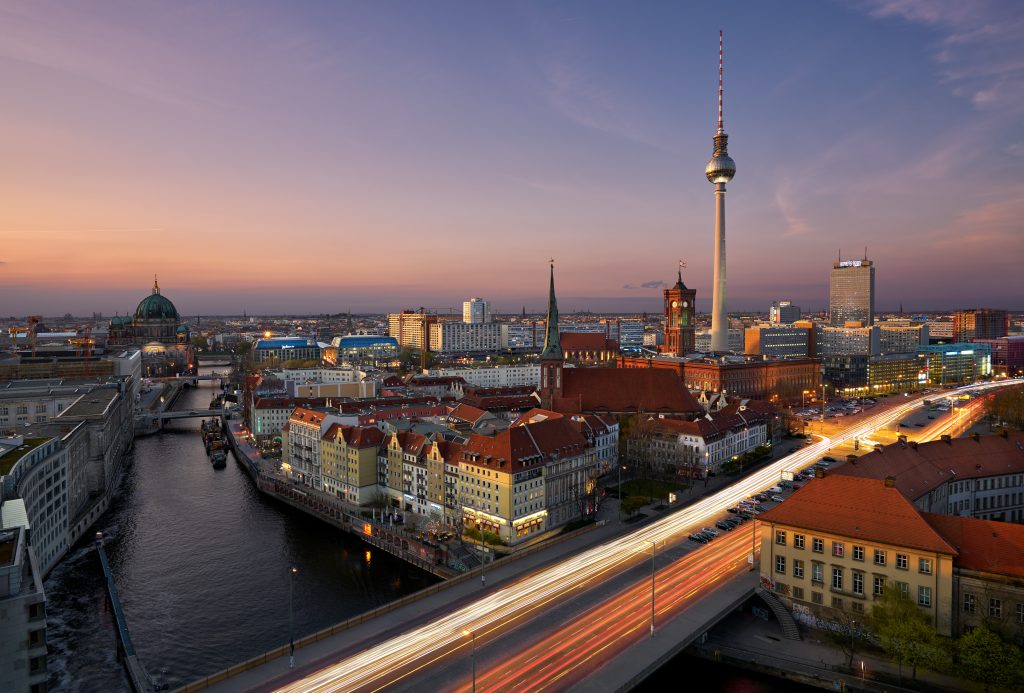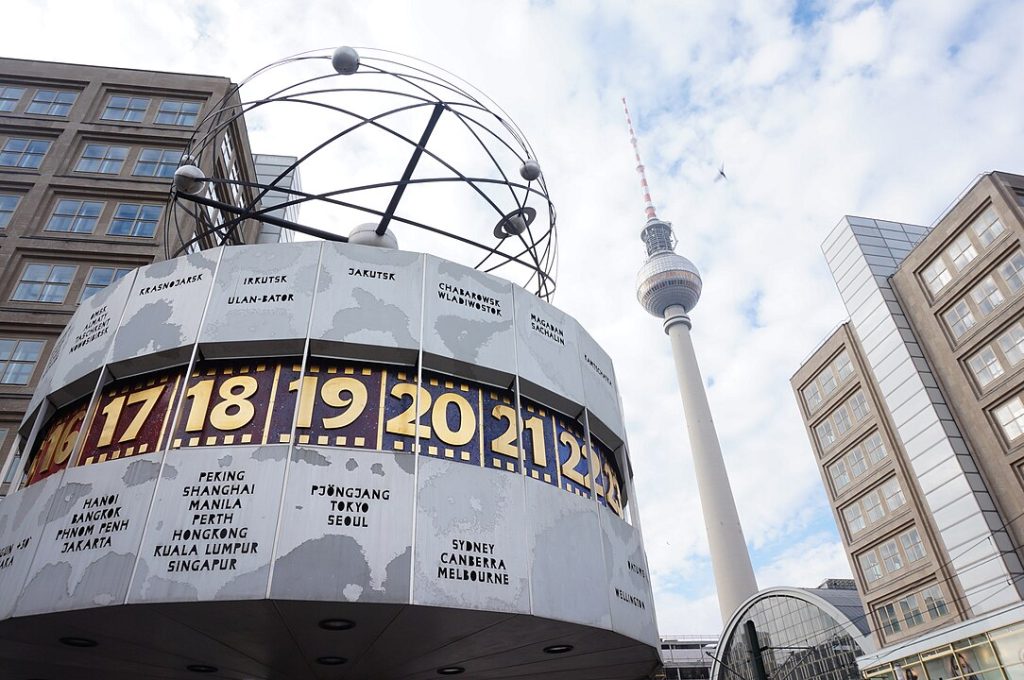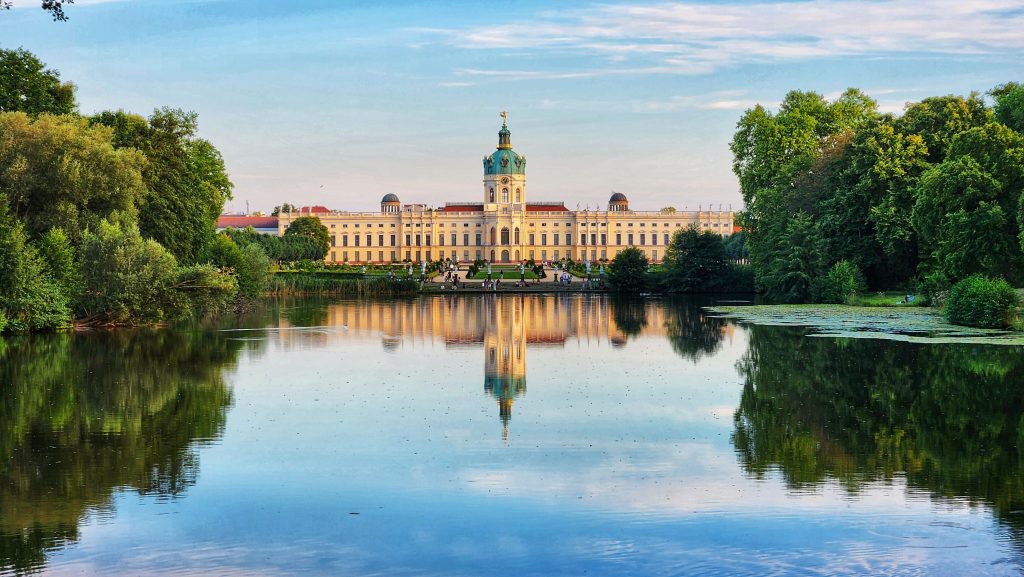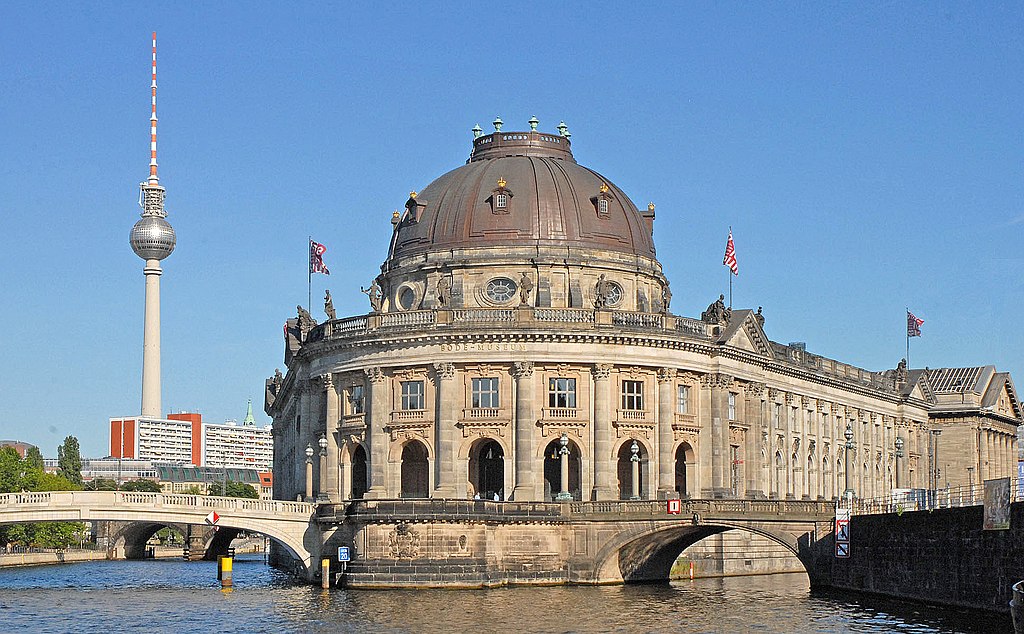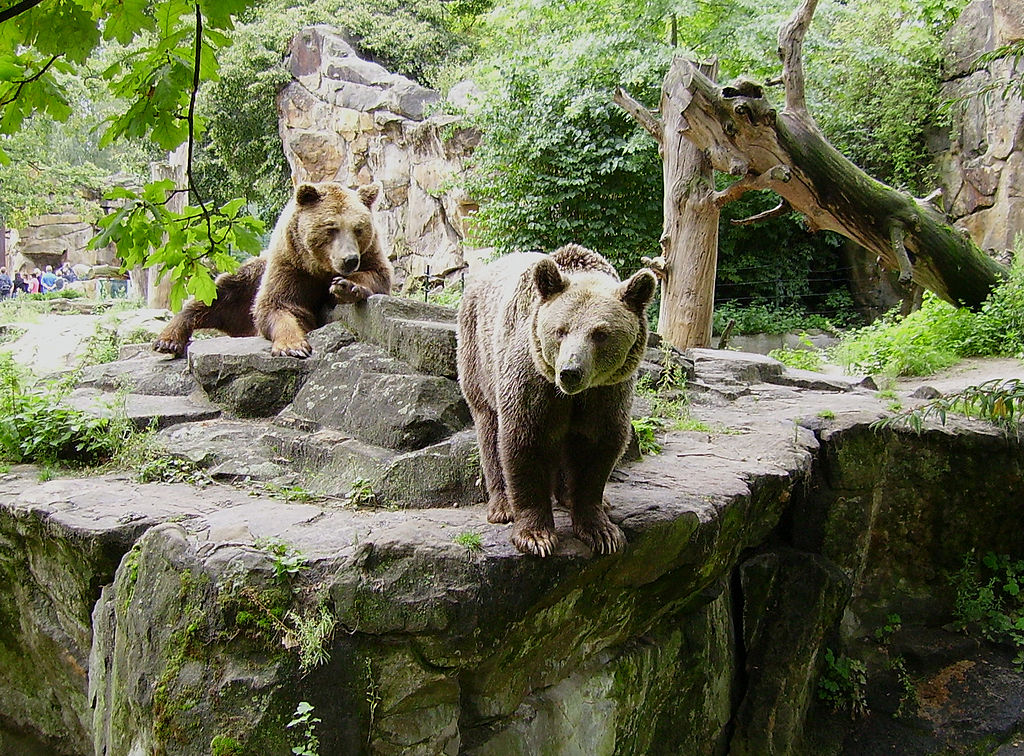- 1️⃣ Introduction
- 2️⃣ The Golden Years: Potsdamer Platz before World War II
- 💠 Center of urban life
- 💠 Architecture and infrastructure
- 💠 Coffee shops, hotels and Europe's first traffic lights
- 3️⃣ Destruction and emptiness: the postwar years
- 💠 Bombing of Berlin
- 💠 Symbolic ruins
- 💠 Border between East and West
- 4️⃣ Berlin Wall and dead zone
- 💠 Square as a border area
- 💠 Void in the middle of the metropolis
- 💠 Political and social significance
- 5️⃣ A new beginning after 1989
- 💠 German reunification and new hope
- 💠 Architectural competitions and ambitious visions
- 💠 The beginning of reconstruction and a great construction site
- 6️⃣ Potsdamer Platz today: a symbol of modernity
- 💠 Sony Center and modern architecture
- 💠 Offices, apartments, cinemas and museums
- 💠 Tourism and urban life
- 7️⃣ Potsdamer Platz in culture and pop culture
- 💠 Film showcase of Berlin
- 💠 Inspiration for artists
- 💠 A place of remembrance and reflection
- 8️⃣ Urban significance and controversy
- 💠 Bold redevelopment concept
- 💠 Criticism of commercialization and "lack of soul"
- 💠 Place identity debate
- 9️⃣ Summary
- 📍 Attractions in the area
- 🔗 Articles similar in subject matter
- 🔥 Most popular articles in the last week
- 💬 Opinions
1️⃣ Introduction
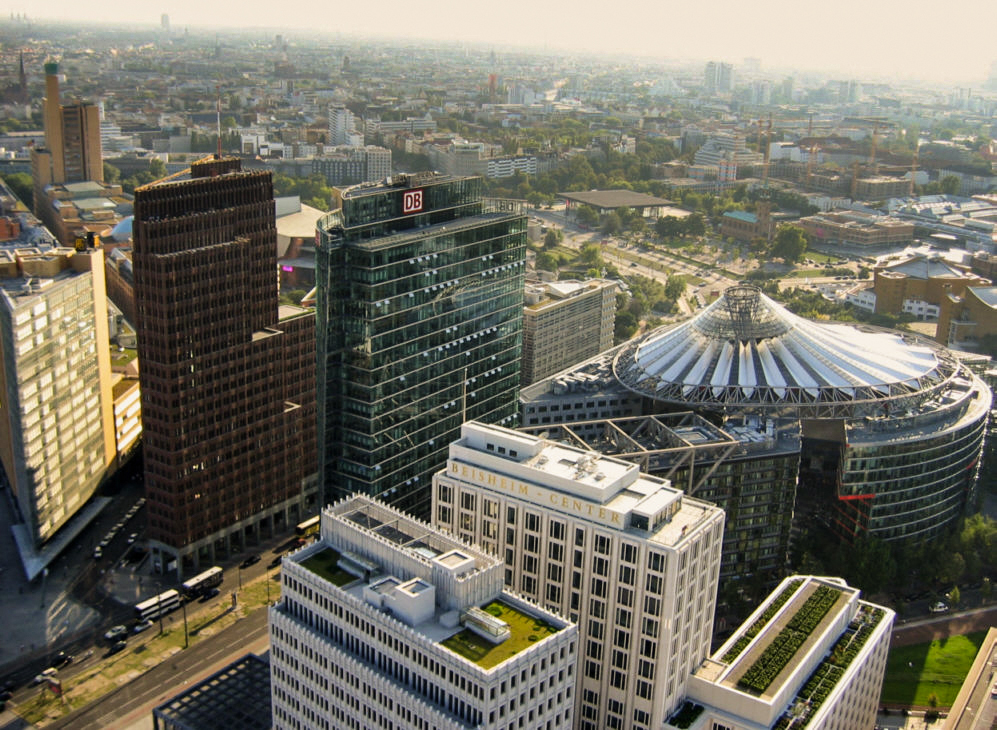
Potsdamer Platz in Berlin is a place that shows the dramatic fate of the German capital like no other. Before World War II, it was one of the Europe's busiest squares - full of lights, cafes and modern townhouses, bustling with life around the clock. The war turned it into a sea of ruins, and the Cold War - in blank border zone Between two worlds.
Today Potsdamer Platz is a symbol of rebirth and courage in designing the future. Glass skyscrapers, a center of culture and business, modern architecture - all of these have sprung up where just a few decades ago only weeds grew. Its story is a tale of collapse, division i spectacular return to the city map.
2️⃣ The Golden Years: Potsdamer Platz before World War II
⛪ Pearl of Neo-Baroque on Museum Island
👉 Berlin Cathedral - a spiritual and architectural landmark of the capital city
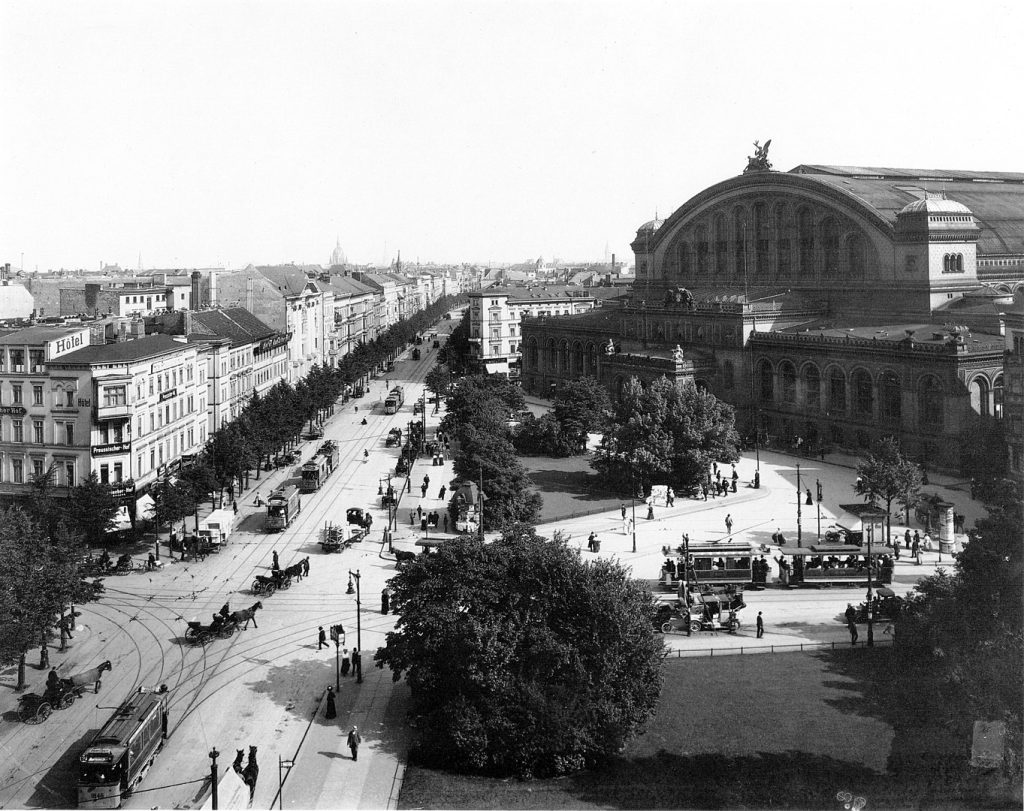
💠 Center of urban life
At the beginning of the 20th century Potsdamer Platz was one of the busiest and most prestigious places in Berlin. It acted as a major urban intersection - it connected several key streets and was adjacent to one of the capital's most important train stations. Thousands of people passed through it every day: residents, merchants, artists and tourists. It was the living organism of the city, where everyday life was mixed with culture, politics and big-city lifestyles.
💠 Architecture and infrastructure
Around the square rose impressive edifices - hotels, banks, offices and luxury department stores. One in particular stood out Haus Vaterland - a building that combined modernity with splendor and was considered one of the showpieces of Berlin at the time. The square was also an example of modern urban infrastructure - with a network of streetcars, innovative transportation solutions and perfectly organized public space.
💠 Coffee shops, hotels and Europe's first traffic lights
Potsdamer Platz was famous for its elegant cafes, theaters and hotels that attracted both local residents and international visitors. It was here that the Europe's first traffic light, launched in 1924 - a symbol of technological progress and modern traffic organization. The entire square was the embodiment of the metropolitan rhythm of life, which Berlin sought to emphasize as the capital of the Weimar Republic.
3️⃣ Destruction and emptiness: the postwar years
🧱 Gateways to the past and future
👉 Brandenburg Gate - an icon of Germany and symbol of reunification
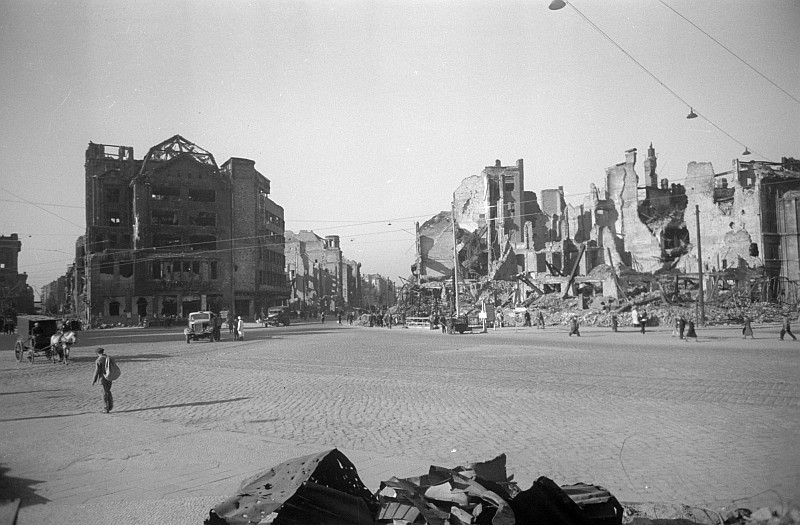
💠 Bombing of Berlin
During World War II Potsdamer Platz was almost completely razed to the ground. Allied air raids between 1943 and 1945 turned the bustling city center into a sea of ruins. Everything that created the former charm of the place - hotels, department stores, restaurants - has ceased to exist Over the course of several dramatic nights. All that remained were the scorched skeletons of buildings and abandoned street fragments.
💠 Symbolic ruins
After the war, Potsdamer Platz did not live to see immediate reconstruction. Instead of cranes and masons, there was silence - long, hard and full of uncertainty. Over the years, the site has functioned more as a a reminder of the wartime disaster Than usable space. Over time, the ruins became a kind of monument to destruction - a silent witness to Berlin's lost splendor.
💠 Border between East and West
In 1949, Berlin was divided into two parts: east and west. Potsdamer Platz found itself Right on the border line, and since 1961 - directly at the Berlin Wall. Although it formally lay in the western sector, the surrounding infrastructure disappeared and the space turned into a blind spot, patrolled by guards and completely excluded from city life. For many Berliners it was A symbol of division, lost time and a severed past.
4️⃣ Berlin Wall and dead zone
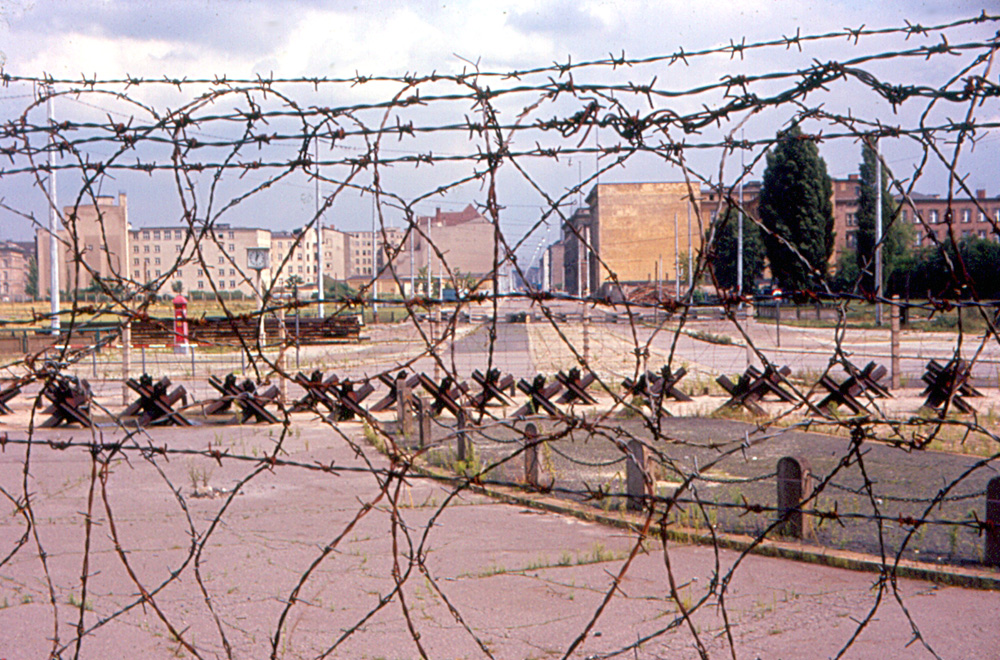
💠 Square as a border area
After the construction of the Berlin Wall in 1961 Potsdamer Platz has become one of the most symbolic places where the city is divided. Although formally part of West Berlin, it was right on the border with the eastern part itself. The wall cut through the surrounding streets, leaving the Square as an empty, inaccessible space with no clear function.
💠 Void in the middle of the metropolis
Over the following decades Potsdamer Platz area turned into a "dead zone" - A vast field overgrown with grass, closed to the public and carefully guarded. There was no more commerce, traffic or even passersby. A place that was once bustling with life has become an icon of absence - physical evidence of the rift between the city and Europe.
💠 Political and social significance
Potsdamer Platz, though seemingly empty, has become a place with great symbolic weight. It appeared in press photos, in reports by tourists and in the imagination of locals as a space erased but marked by history. He was a silent reminder of the border that divided families, dreams and cultures, and about the absurdity of political divisions that have crippled the fabric of the city for decades.
5️⃣ A new beginning after 1989
🌳 A walk among history and lime trees
👉 Unter den Linden - Berlin's most representative avenue
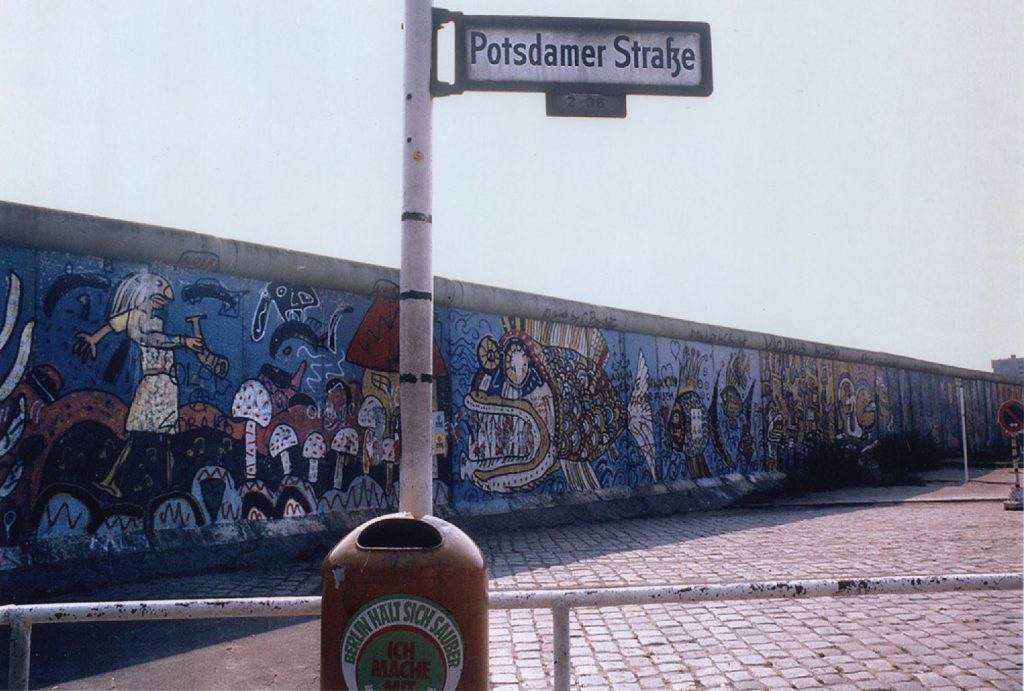
💠 German reunification and new hope
The fall of the Berlin Wall in November 1989 opened a whole new chapter in the history of Potsdamer Platz. From a border space, excluded from urban life, it suddenly became the center of attention - a place that had to be reinvented and rebuilt. With German reunification, there was hope that the square would regain its former prominence and become a symbol of reconciliation.
💠 Architectural competitions and ambitious visions
Soon after reunification, international urban planning competitions were announced to determine the direction of development of this historic space. Architects from around the world presented modern, bold designs, which were intended to combine the memory of the place with a vision of the future. A special role was played by the Daimler-Benz project, which began intensive development of the southern part of the square.
💠 The beginning of reconstruction and a great construction site
In the 1990s, the area around Potsdamer Platz turned into a Europe's largest construction site. For several years, modern office buildings, shopping malls, cinemas and hotels were built in parallel. The return of life to this place was almost symbolic - reminded that the city is capable of recovering from the worst crisis and creating something completely new on the ruins of the past.
6️⃣ Potsdamer Platz today: a symbol of modernity
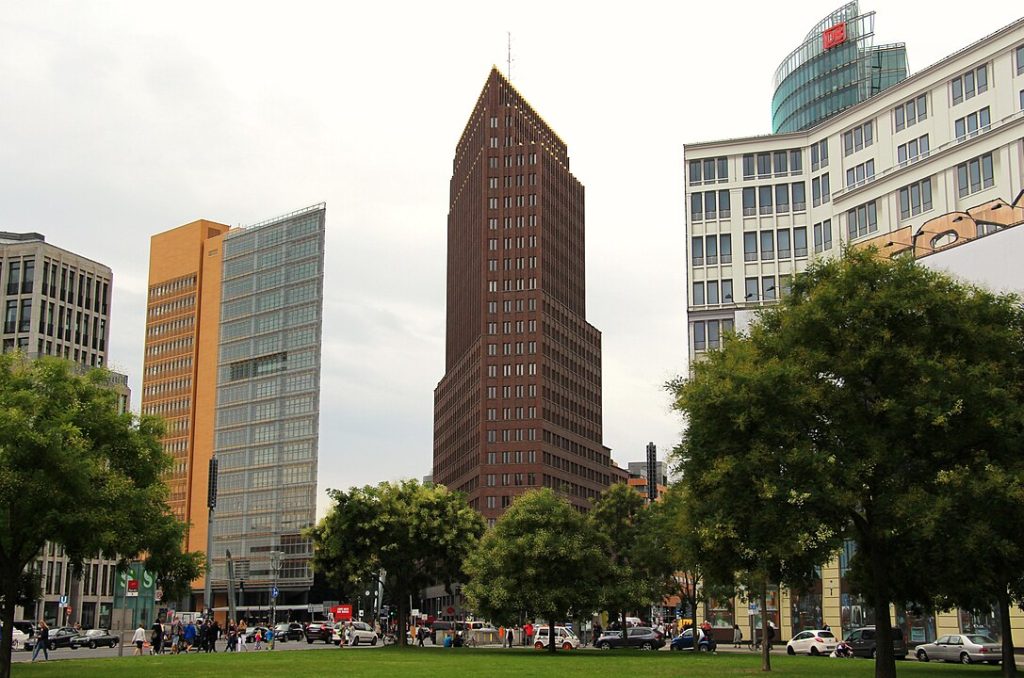
💠 Sony Center and modern architecture
Today Potsdamer Platz is one of the most recognizable places in Berlin. Its centerpiece is the impressive Sony Center - A futuristic complex with a glass roof resembling an outstretched tent. It is surrounded by modern office buildings, apartment buildings and cultural facilities designed by famous architects. Glass facades, steel structures and geometric forms create a space that looks like a city of the future.
💠 Offices, apartments, cinemas and museums
Potsdamer Platz is bustling with activity today: corporate headquarters, luxury apartments, cinemas, restaurants and art galleries are located here. The CinemaxX and IMAX complex attract film lovers, and the Berlin Film Festival - the Berlinale - brings together the world's cinematic elite every year. The square has become a symbol not only of reconstruction, but also of world-class culture and entertainment.
💠 Tourism and urban life
Crowds of tourists visit the site today to see the fragment of the Berlin Wall, touch history and feel the modern rhythm of the city. This is where the past meets the present: on a few square meters you can see the remnants of war, traces of the border and striking works of modern architecture. For Berliners today Potsdamer Platz is not only a landmark, but also a a place to meet, work and live daily.
7️⃣ Potsdamer Platz in culture and pop culture
💠 Film showcase of Berlin
Potsdamer Platz has played an important role in the film world for years. This is the headquarters of the Berlinale, one of the most important film festivals in the world, attracting thousands of industry visitors every year. The red carpet in front of the Berlinale Palast has become almost as recognizable as the square itself. Many film and television productions take advantage of its distinctive architecture and the atmosphere of a modern metropolis.
💠 Inspiration for artists
The transformation of Potsdamer Platz - from ruins, to emptiness, to a futuristic center. Has inspired many artists, photographers, writers and musicians. The space often appears in literature as a symbol of memory, transformation and time. Artists see it as a metaphor for Berlin's modern identity: a city that never stops.
💠 A place of remembrance and reflection
Although today's Potsdamer Platz is a modern utilitarian space, his painful past has not been forgotten. Selected spots feature fragments of the Berlin Wall, information boards and photographs showing the history of the site. As a result, the square also serves as a memorials - not as a museum, but living testimony of history written in the urban fabric.
8️⃣ Urban significance and controversy
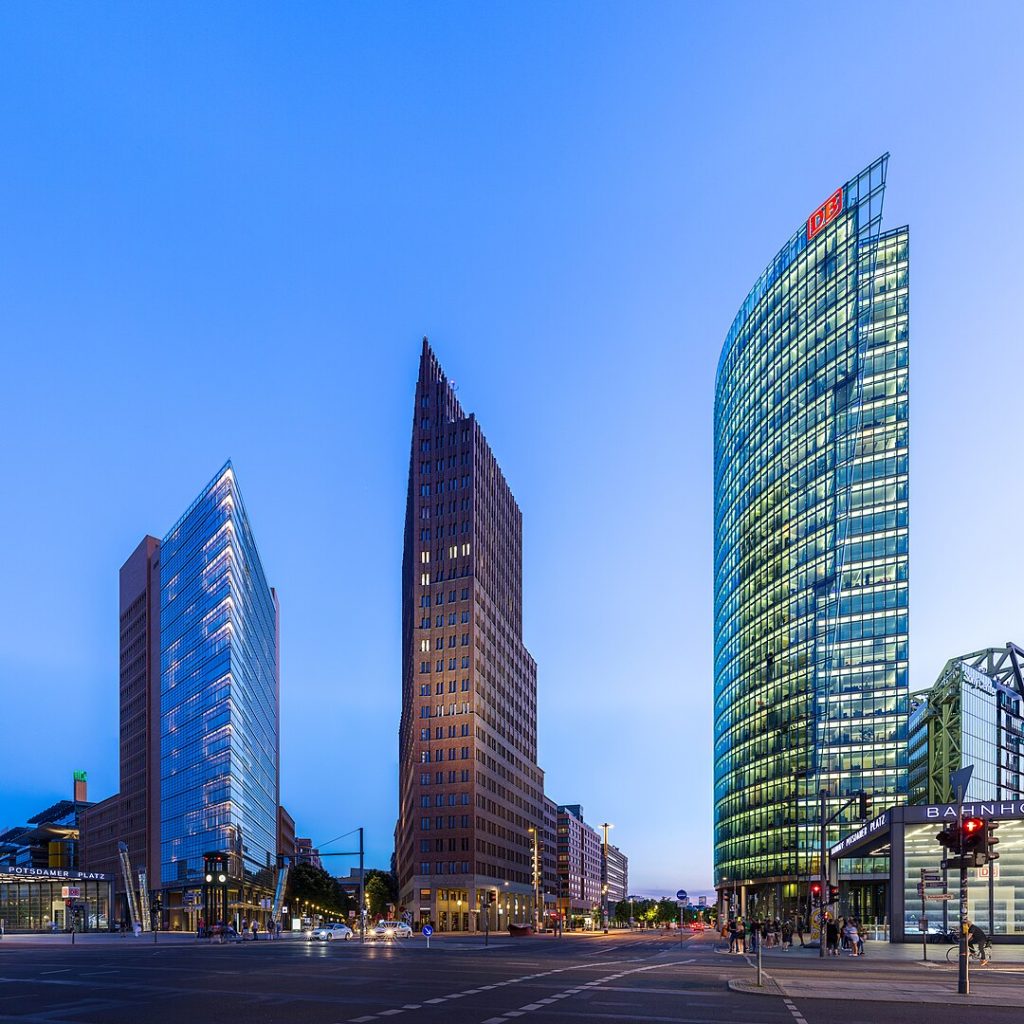
💠 Bold redevelopment concept
Potsdamer Platz is one of the greatest examples of contemporary urban design in Europe. Transforming an empty, historically burdened space into a modern business and cultural district is considered a a symbol of the successful integration of the past with the future. Despite the fact that the place has been created almost from scratch, it has managed to relate to its big-city spirit from before the war.
💠 Criticism of commercialization and "lack of soul"
However, the project has not been without its critics. Many residents and urban planners accuse the developers of The square has been dominated by commercialism, and its space is Too sterile, cold and subservient to corporate interests. Some observers believe that an opportunity to create a more open and social meeting place has been lost in the reconstruction process.
💠 Place identity debate
Potsdamer Platz still raises questions about it today, How to rebuild spaces full of difficult history. Should old forms be reconstructed, or should entirely new structures be created? Can modernity give voice to the past? The square has become the arena for this debate - a place where different visions of the city collide: historical, social, economic and cultural.
9️⃣ Summary
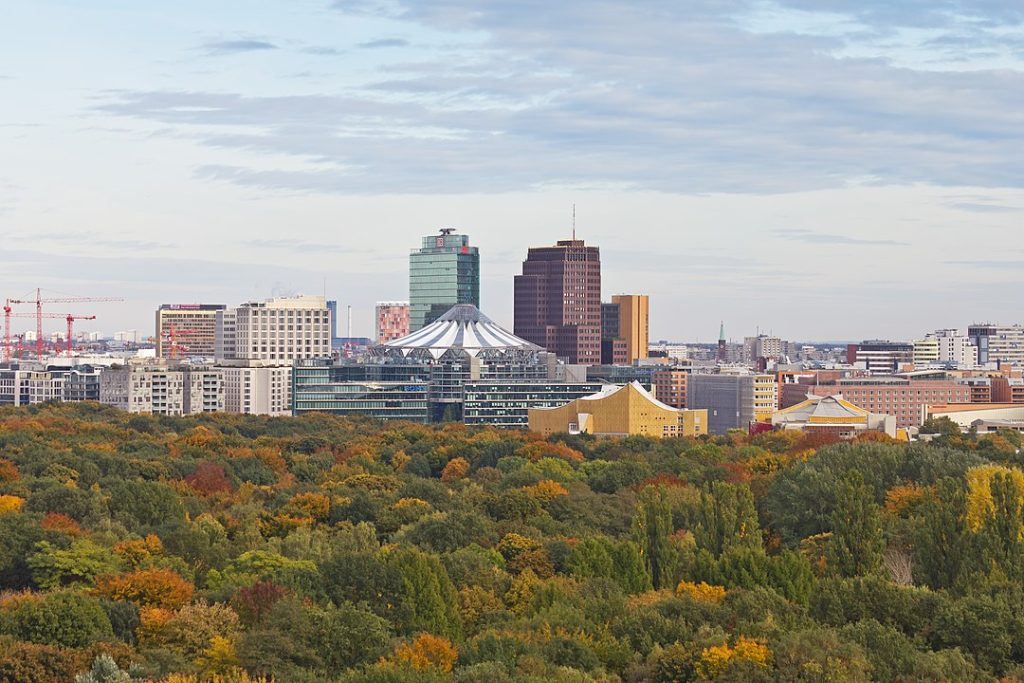
Potsdamer Platz is a place full of contrasts: once the heart of Berlin, then its scar, today its modern showcase. Its story is a tale of splendor, destruction, oblivion and rebirth. It has traveled from a bustling pre-war square, to a Cold War dead zone, to one of the most futuristic places in the modern city.
It is a space that is constantly changing - like Berlin itself. Potsdamer Platz teaches that even the most dilapidated places can regain meaning if a new narrative is found for them. As a symbol of the 21st century, it reminds us that history never ends - it only changes its forms.

